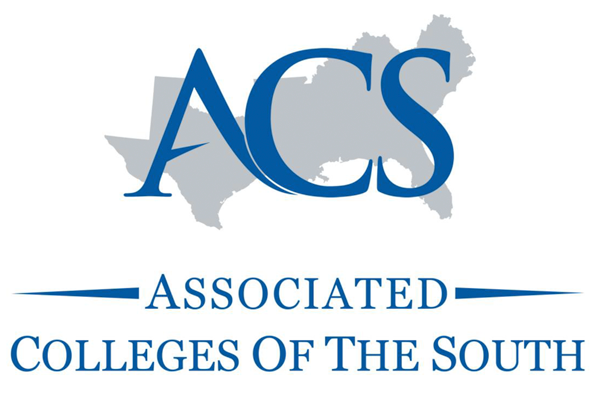From Disciplinary Conservatism to Broad Inquiry
Most academics describe themselves as open to and supportive of diverse interests and perspectives. However, despite this value, many may need a more flexible understanding of what constitutes the boundaries of an academic discipline. A deep disciplinary conservatism—perhaps developed in graduate training—often prevails in academic departments. Such conservatism can encompass curriculum and scholarship, and attitudes about what is worth studying can negatively impact faculty hiring from underrepresented groups. Notably, a department’s “absolute need” to hire for a particular specialty of their discipline rather than conduct an open search is a common obstacle to diversity in a hiring pool.
We cannot provide the disciplinary arguments for diversifying curriculum and scholarship here. We encourage those in doubt about diversity to consult the diversity goals of your institution and consider how these goals are in concert with the full preparation of your students for the working and living world and the full contribution of your institution, including your discipline, to society. Curricular and scholarly diversity promotes the flourishing of all students and faculty.
Make Diversity a Top Priority for Your Next External Review
- Hire external departmental reviewers who are from underrepresented groups and who are familiar with diversity in your discipline
- Be sure that the reviewers understand that you are flexible in terms of curriculum focus and hiring practices
- Ask for an action plan, which can be shared with upper administrators, to improve diversity
- Share the results of your Departmental Inclusiveness Survey with the external reviewers
- Before an external review, conduct focus groups or survey your students from underrepresented groups regarding their needs and desires for faculty instructors, faculty mentors, and curricula. Share key findings with the review committee.
- Consider the following resources for more ideas and information:
Make Diversity a Top Priority in Hiring (see the section on Hiring & Retention for fuller discussion and recommendations).
- Conduct an open area search to increase the size of the pool
- A top candidate from an underrepresented group not in a priority specialty may lead you to rethink your curriculum or, in some cases, may lead your institution to consider growing your faculty.
- Conduct a two-phase search where the first inquiry by candidates only requires a cover letter and CV. This will also increase the size of your pool.
- Consider the fact that contingent and adjunct faculty are often underrepresented faculty. How can the department create an environment where underrepresented populations receive more job security and support?
- In the job ad, be clear and direct that your department prioritizes diversifying the curriculum through hiring.
Review and Revise Departmental Tenure and Promotion Documents
- Emphasize the value of courses that add to diversity in the curriculum, and reflect that value on the department’s website and in the catalog
- Emphasize the value of scholarship that attracts students from underrepresented groups and which broadens the methodology and scope of scholarship
- Emphasize the scholarly value of activism and engagement in the community
- Consider the following resources for more ideas and information:
Make Diversity a Core Part of Your Curriculum
- Revise existing course descriptions to include diversity in substantive ways, along with re-designing the courses so that they center underrepresented and diverse topics, knowledge, and methods
- Create curricular goals that aim for a certain number of courses that diversify offerings
- Understand that curriculum changes can’t be considered apart from discussions about pedagogy. Faculty need to consider altering teaching styles that allow a more democratic exchange in the classroom
- Create a departmental diversity requirement and construct a list of learning goals for which some portion must be present for a course to be approved
- Consult and implement disciplinary and interdisciplinary resources for diversifying existing courses and adding new, diverse approaches to the curriculum
- Consider study abroad and undergrad research opportunities that emphasize a diverse curriculum and expose students to non-traditional and non-western cultures
- Document your departmental DEI process so it can be shared with other departments
- Consider the following resources for more ideas and information:
- Diversifying Curriculum
- Hiring is the most direct path to diversity in scholarship—see our toolkit for Hiring & Retention [link]
